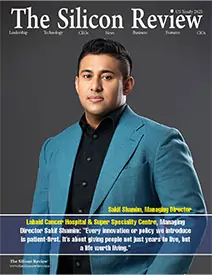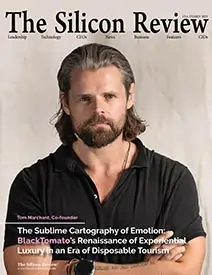>>
Industry>>
Robotics>>
Stanford's Tiny Chip Restores ...Stanford's Tiny Chip Restores Vision to the Blind
The Silicon Review
23 October, 2025
Stanford researchers develop a tiny chip that helps blind individuals see, representing a major leap in neuroprosthetics and bionic vision technology.
Stanford University researchers have successfully developed a miniature eye chip that has restored basic vision to blind patients, marking a watershed moment for neuroprosthetics. The device, significantly smaller and more advanced than previous attempts, interfaces directly with the visual cortex to create percepts of light and shape. This breakthrough immediately disrupts the medical device landscape, presenting a formidable challenge to established players in the vision care sector and triggering urgent reviews by regulatory bodies like the FDA for a new class of brain-computer interfaces. It fundamentally redefines the therapeutic ceiling for untreatable blindness, moving from management to potential restoration.
This achievement represents a radical departure from the incremental progress that has characterized visual prosthetics. While other research groups work on complex retinal implants, the Stanford team is delivering a more direct cortical solution that bypasses damaged eyes entirely. The chip’s power lies in its sophisticated neural interface and miniaturized implant technology, which allow for more precise stimulation of the brain's visual centers with less invasive surgery. This matters because it demonstrates that the most profound breakthroughs in bionic vision will come from mastering the brain's language, not just mimicking the eye's biology, offering hope for conditions where the optic nerve itself is compromised.
For medtech CEOs and healthcare investors, this is a clarion call to action. The future of sensory restoration is being written at the intersection of neuroscience, AI, and advanced microelectronics. The forward-looking insight is clear: companies must now aggressively invest in neurotechnology partnerships with leading academic labs or risk obsolescence. The first movers to develop the clinical and commercial infrastructure for these next-generation interfaces will dominate a multi-billion dollar market, transforming the lives of millions while establishing a new pillar of 21st-century medicine.


 (1)_2025-10-21_13-35-14.webp)

_2025-10-02_10-21-48.webp)

